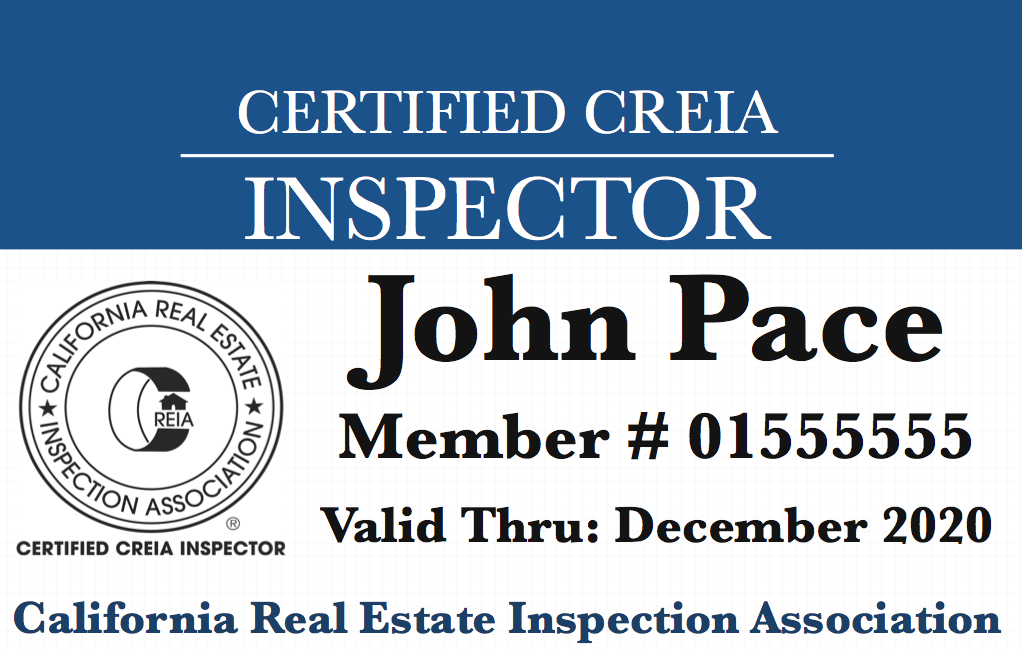Your home is your largest single investment and asset. Homes now cost significantly more than just a few years ago and a well maintained home will protect your investment. Your home is not unlike your automobile in that it undergoes wear and tear. But often, this normal wear and tear goes unnoticed by the homeowner. Awareness and routine maintenance is required.
Your home may have some type of electrical condition that could pose a potential safety hazard. And moisture intrusion damage and plumbing leaks are the largest repair expense of homeowners face today. Additionally, heating and air conditioning units that have deficiencies can cost you money in higher utility bills, while often posing health and safety concerns.
An inspection by a qualified professional inspector is recommended at least every five years. You are encouraged to attend the inspection, and to accompany the inspector throughout his/her evaluations. By observing and asking questions, you will learn about your home and get tips on general maintenance and other pertinent information that will be of great help (and savings) to you. You will also be provided with a written inspection report for your reference.
Generally, inspection reports will include information on the operation of, as well as the visual inspection of, the following items:
- EXTERIOR: Driveways, walkways, windows, doors, landings, and stairs; gates, walls, and fences; patio slabs, decks, balconies, patio covers and enclosures; roof coverings, flashings, chimneys, gutters and downspouts; electrical panel(s), lights, switches and receptacle outlets; conditions within the foundation crawl space such as moisture intrusion, support systems both concrete and wood, venting and accessible areas of the home’s DWV system; siding and trim; gas, water and electrical service shut-off devices.
- INTERIOR: Walls, ceilings, floors, doors and windows; electrical and plumbing fixtures; fireplaces, water heaters, furnaces and smoke detector locations.
- KITCHEN, BATHROOMS AND LAUNDRY: Sinks, cabinets and counter tops; plumbing fixture drain traps, vents, air-gaps, lavys, toilets, stall showers and tubs; electrical components including GFCI protection devices and all built-in appliances.
- GARAGE & CARPORTS: Overhead garage doors, their hardware including automatic opener devices, storage lofts, firewall protection, and fire rated doors, and electrical systems and slab.
- ATTIC: Heating and air conditioning systems, duct work and insulation; venting, roof, framing and storage systems.


 The California Real Estate Inspection Association (CREIA) advises homeowners and home sellers to consider a “physical home check up” to ensure that they are fully informed on the current conditions and components of their home. A home that has not been recently inspected may have undiscovered, minor or major maintenance items that could lead to a significant financial expense to correct or even replace if not discovered.
The California Real Estate Inspection Association (CREIA) advises homeowners and home sellers to consider a “physical home check up” to ensure that they are fully informed on the current conditions and components of their home. A home that has not been recently inspected may have undiscovered, minor or major maintenance items that could lead to a significant financial expense to correct or even replace if not discovered.